I have a dataframe with this type of data (too many columns):
col1 int64
col2 int64
col3 category
col4 category
col5 category
Columns look like this:
Name: col3, dtype: category
Categories (8, object): [B, C, E, G, H, N, S, W]
I want to convert all the values in each column to integer like this:
[1, 2, 3, 4, 5, 6, 7, 8]
I solved this for one column by this:
dataframe['c'] = pandas.Categorical.from_array(dataframe.col3).codes
Now I have two columns in my dataframe - old col3 and new c and need to drop old columns.
That's bad practice. It works but in my dataframe there are too many columns and I don't want do it manually.
How can I do this more cleverly?

